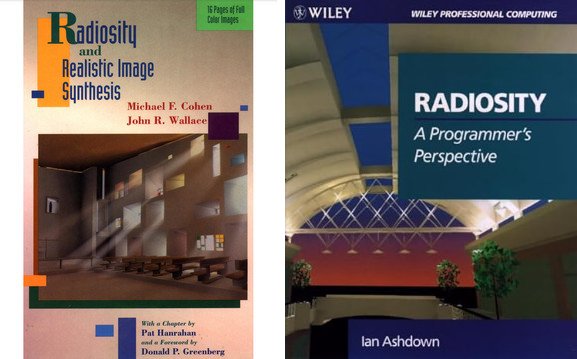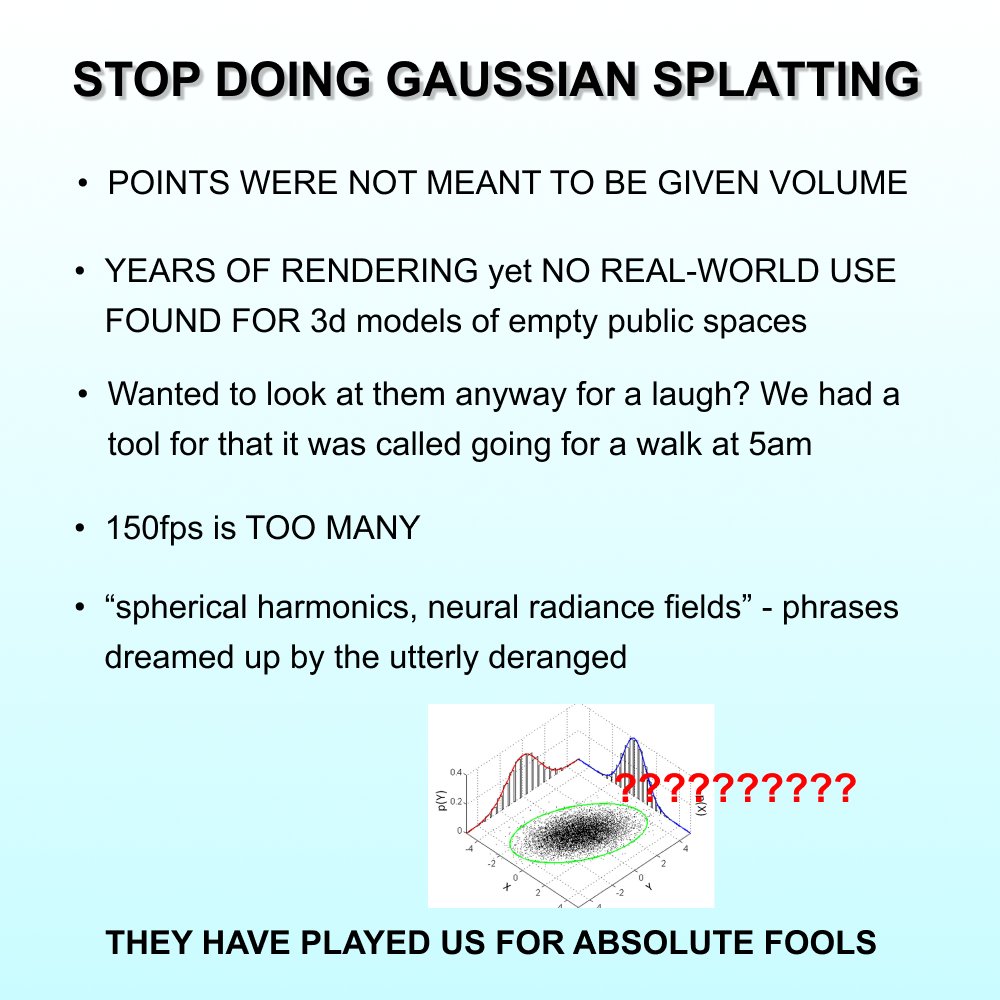John Wallace, with Michael Cohen’s help, just finished the hard work of freeing a book they coauthored on radiosity, putting it under the least-restrictive Creative Commons license. They wrote the first computer graphics book on the subject, Radiosity and Realistic Image Synthesis, in 1993. It is now free for download. Skimming through the plates at the beginning is a walk down memory lane for me.
Ian Ashdown wrote the book Radiosity: A Programmer’s Perspective a year later, in 1994. Ian passed away last June. His book is available free for download on ResearchGate.
Michael Herf mentioned Ian’s book to me in Nov. 2022, asking if I knew of anything better on the subject of lighting units at this point. We included Ian in the conversation about resources (I had just finished my own summary – I wish I had recalled Ian had one before wading into this topic!).
Ian wrote: “Being self-taught in photometry and radiometry beginning in 1980, I struggled mightily at first with such concepts as illuminance and luminance with only the IES Lighting Handbook to guide me. I remembered this when writing my book, and focused on explaining the topics intuitively with a minimal amount of mathematics.”
Consider reading each books’ early chapters if you want a solid introduction to the terminology and equations of lighting. And, if you’d like to free up a book you have authored, please make the effort! In case it’s a help, I recorded some notes about the process Andrew Glassner went through when freeing up An Introduction to Ray Tracing in 2019.

